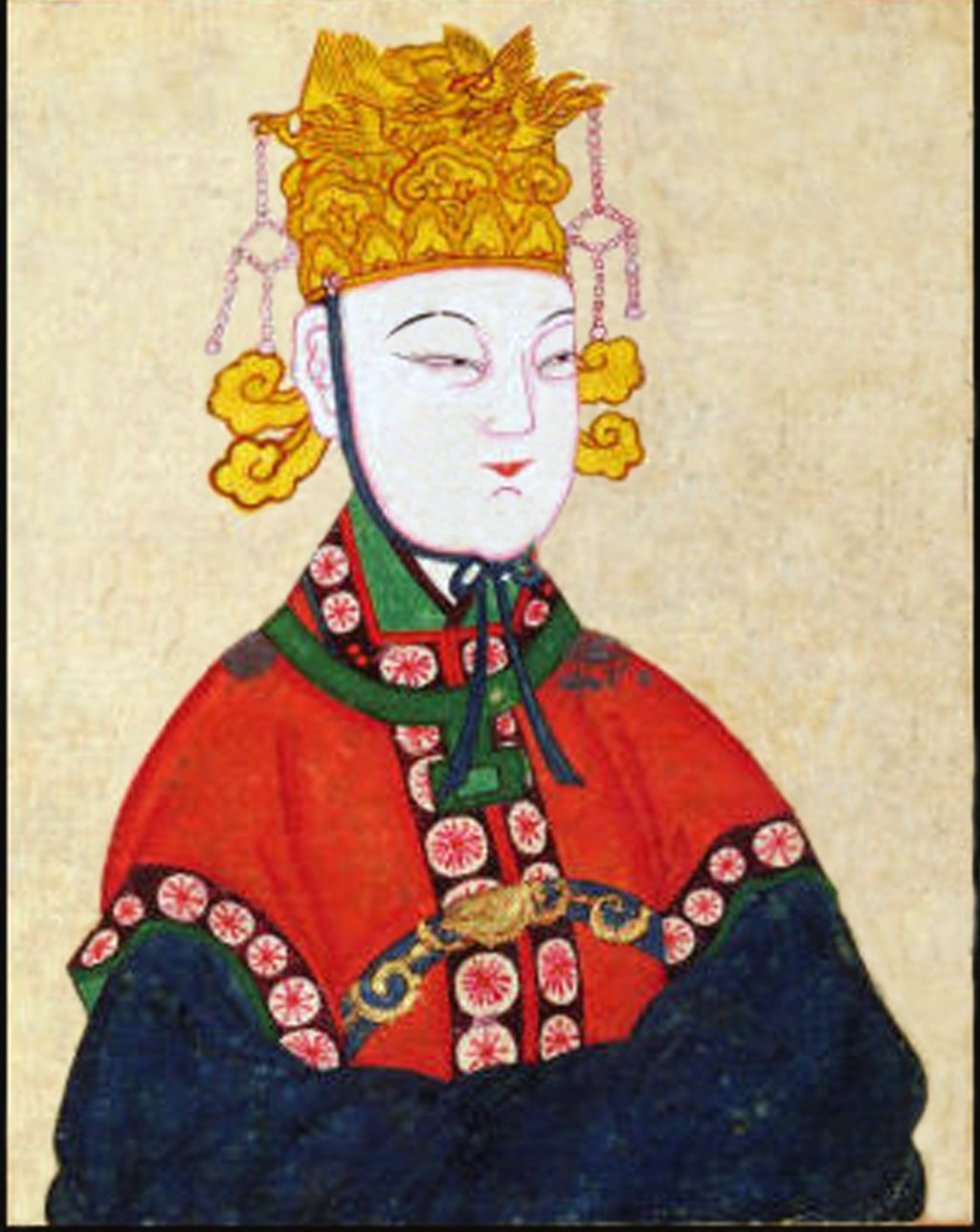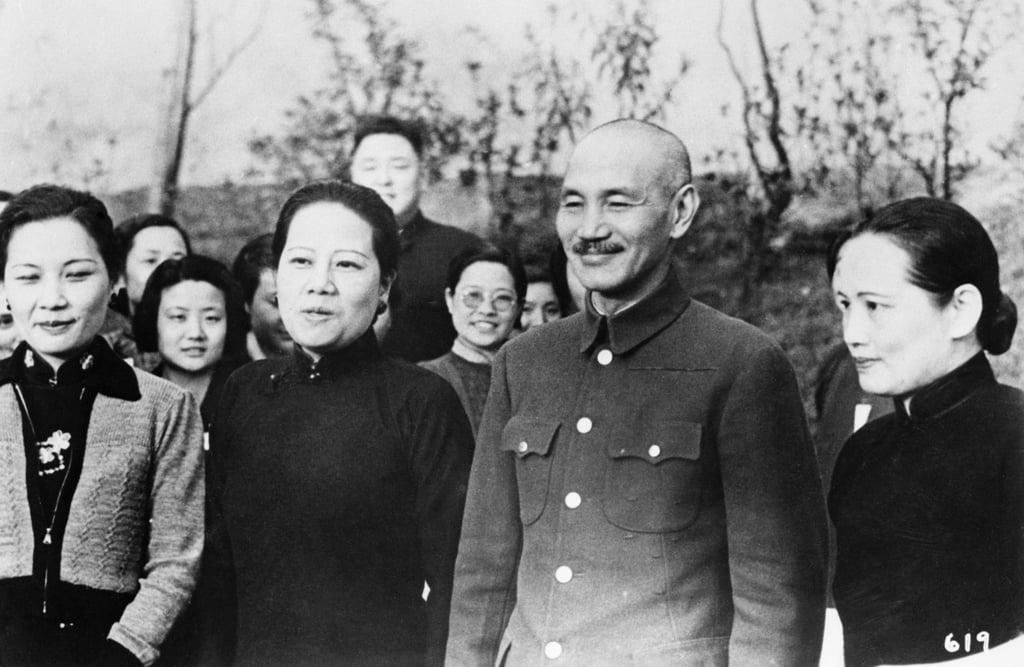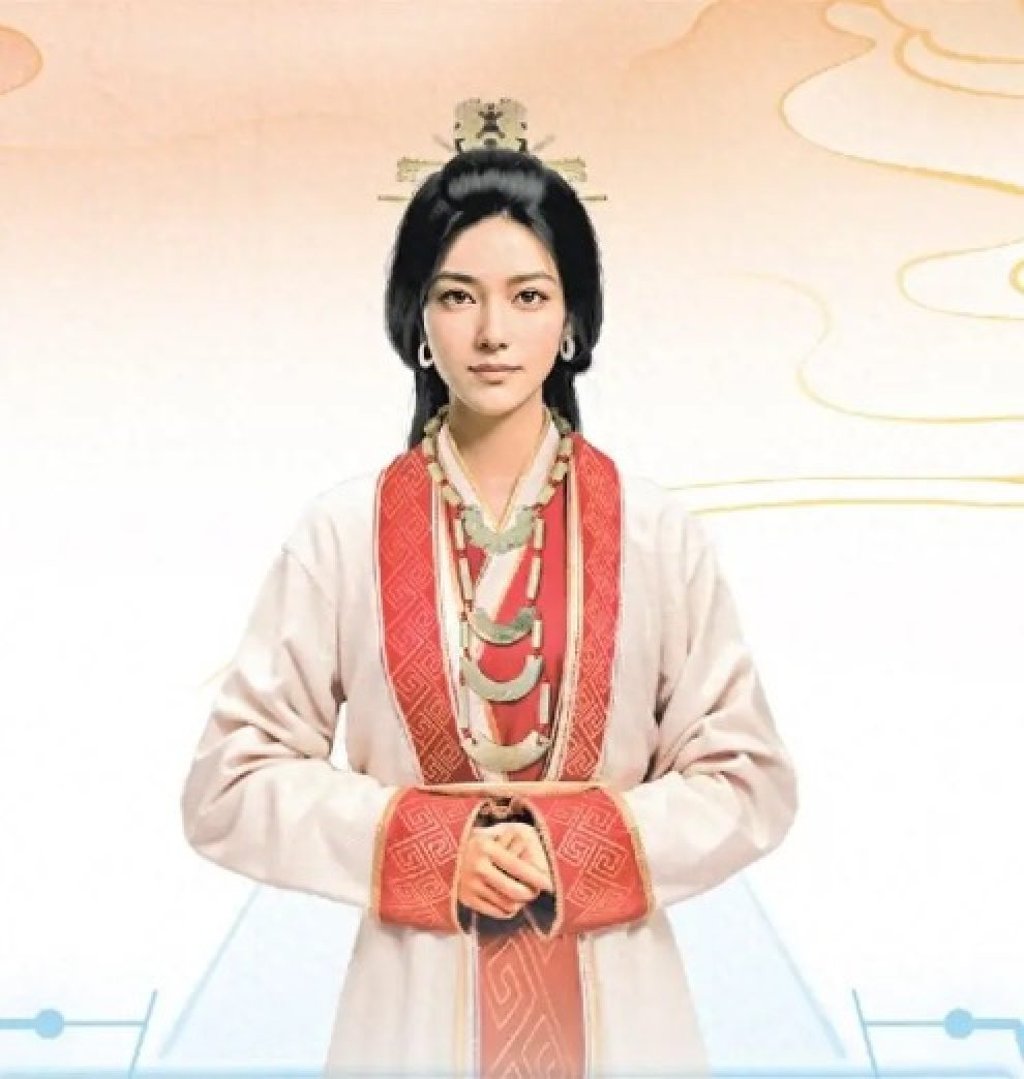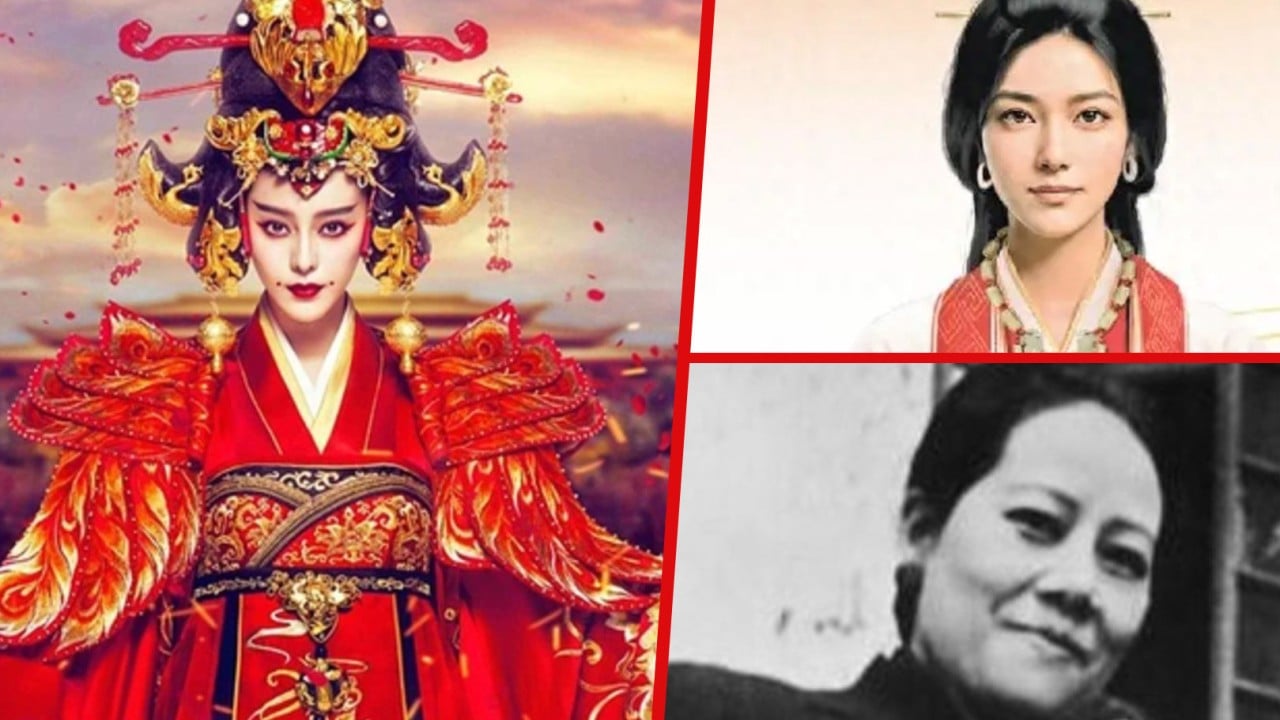Billionaires worldwide are amassing increasingly absurd amounts of wealth, with Elon Musk, the world’s richest person, estimated to be worth US$222 billion.
Françoise Bettencourt Meyers, the heiress to the L’Oreal empire, is the world’s richest woman, worth an estimated US$86 billion, according to Bloomberg’s Billionaires Index.
However, they would pale in comparison to Wu Zetian (r.690-705), the only woman ever to rule China during the Tang dynasty (618-907).
Given China’s wealth at the time, which accounted for 23 per cent of global GDP, she has a case to be remembered as the wealthiest woman in history, with some estimates saying she controlled US$16 trillion in assets.
With its 5,000-year history, China has undoubtedly seen its share of ultra-wealthy women, whom the Post will highlight below.
Wu Zetian (624-705)
Wu is a captivating figure, not only as the only empress in Chinese history but also due to the intriguing mystery surrounding her legacy.
Her political career started when she was an imperial concubine who eventually married Emperor Gaozong (r. 649-683) to become the imperial consort. After she became part of Gaozong’s harem, she would expel and kill her rivals, Empress Wang and another favoured consort.

Most accounts suggest she was in control of China behind the scenes for 23 years during Emperor Gaozong’s rule. She assumed official power in 690, seven years after Gaozong’s death, by changing the name of China from Tang to Zhou. She was the official empress of China from 690 to 705.
The Tang name was restored when Wu’s son returned to the throne after Wu’s death in 705.
Some accounts suggest that after a failed attempt to remove her from power in 684, she killed 12 entire branches of the imperial lineage with any claim to the throne.
Wu was a decisive leader who initiated a territorial expansion into central Asia and got involved in a series of wars on the Korean peninsula.
Wu had immense control over China’s wealth during her reign, which is why she is often considered the wealthiest woman in history.
Soong Ai-ling (1889-1973)
Soong Ai-ling was the eldest sister of one of China’s most famous families in the 20th century. The middle sister, Ching-ling, married Sun Yat-sen, and the youngest, Mei-ling, married Chiang Kai-shek.

Soong Ai-ling married H.H. Kung, who was the wealthiest man in the Republic of China (1912-1949) when they married. He would eventually become the premier of the republic from 1938-1939.
After marrying Kung, Soong worked as a teacher and engaged in social welfare for part of her life before founding the Sandai Company, which was immensely successful and made Soong fabulously rich.
During the war, the Soong sisters started an organisation called Indusco, which was designed to protect Chinese business interests during wartime conditions, with Ai-ling being the most active in managing the group. That being said, she had also been accused of war profiteering during WW II.
Fu Hao (died around 1,200 BC)
If ancient Egypt had King Tutankhamun, then China had Lady Fu Hao, a Shang dynasty (1600-1046 BC) emperor’s wife whose tomb was filled with fabulous wealth when she died.
Like Wu Zetian, Fu consolidated immense power in her role as the king consort, including launching successful military campaigns and overseeing official human sacrifices.

Her relationship with sacrifice was highlighted by the fact that she was buried alongside 16 people who were sacrificed for her afterlife. Six dogs were also sacrificed during her funeral.
Her tomb included 755 jade artefacts, 564 bone objects (such as hairpins), 468 bronze items, including vessels and weapons, 63 pieces made of stone, 11 examples of pottery, 5 ivory carvings, and 6,900 cowrie shells, which were used as currency during the Shang dynasty.
A large number of oracle bones were also discovered in her tomb, and they indicate that she owned large swathes of land and was able to provide the king, Wu Ding, with extravagant gifts, and she was often tasked with performing the most prestigious ceremonies during his rule.
Lady Fu is a crucial figure for understanding the Shang dynasty, the oldest known historical era in China with concrete evidence of its existence.


